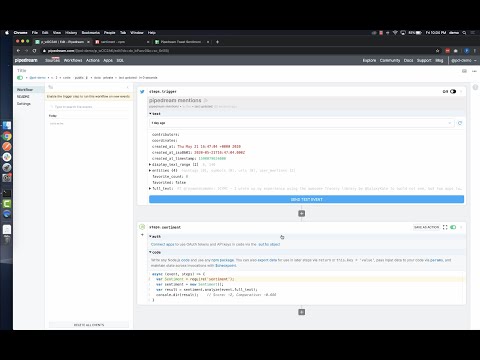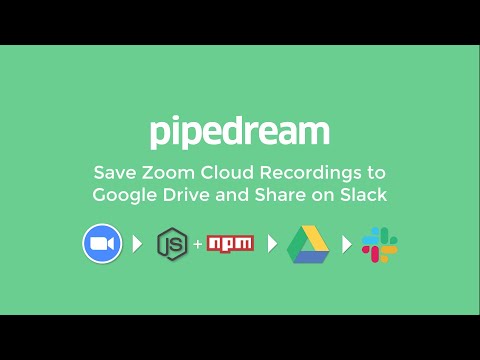What do you want to automate
with Google Sheets and Oracle Cloud Infrastructure?
Prompt, edit and deploy AI agents that connect to Google Sheets, Oracle Cloud Infrastructure and 3,000+ other apps in seconds.
Trusted by 1,000,000+ developers from startups to Fortune 500 companies
Popular Ways to Connect Google Sheets with Oracle Cloud Infrastructure#
Popular Google Sheets and Oracle Cloud Infrastructure Triggers#
Emit new event when a new autonomous database is created in a specified compartment. See the documentation
Emit new event when a compute instance changes state (e.g., from stopped to running). This requires instance OCID and proper event rules set up in Oracle Cloud Infrastructure. See the documentation
Emit new event when a new object is uploaded to a specified Oracle Cloud Infrastructure Object Storage bucket. See the documentation
Emit new event each time a comment is added to a spreadsheet.
Popular Google Sheets and Oracle Cloud Infrastructure Actions#
Add a single row of data to Google Sheets. See the documentation
Create or update an object in a specified Oracle Cloud Infrastructure Object Storage bucket. See the documentation
Add multiple rows of data to a Google Sheet. See the documentation
Delete an object from a specified Oracle Cloud Infrastructure Object Storage bucket. See the documentation
Get all values or values from a range of cells using A1 notation. See the documentation
Overview of Google Sheets#
The Google Sheets API allows for the creation, reading, updating, and deletion of data within Google Sheets, enabling a robust platform for spreadsheet management and data manipulation. Through Pipedream, you can craft serverless workflows that respond to various triggers, such as webhook events, emails, or scheduled times, to interact with Google Sheets. This synergy can automate reporting, synchronize data across applications, manage inventory, track leads in a CRM, or even conduct survey analysis by updating and retrieving sheet data on the fly.
Connect Google Sheets#
import { axios } from "@pipedream/platform"
export default defineComponent({
props: {
google_sheets: {
type: "app",
app: "google_sheets",
}
},
async run({steps, $}) {
return await axios($, {
url: `https://www.googleapis.com/oauth2/v1/userinfo`,
headers: {
Authorization: `Bearer ${this.google_sheets.$auth.oauth_access_token}`,
},
})
},
})
Connect Oracle Cloud Infrastructure#
import * as common from "oci-common";
import * as identity from "oci-identity";
export default defineComponent({
props: {
oracle_cloud_infrastructure: {
type: "app",
app: "oracle_cloud_infrastructure",
},
},
async run({ steps, $ }) {
const tenancyId = this.oracle_cloud_infrastructure.$auth.tenancy_id;
const userId = this.oracle_cloud_infrastructure.$auth.user_id;
const fingerprint = this.oracle_cloud_infrastructure.$auth.fingerprint;
const regionStr = this.oracle_cloud_infrastructure.$auth.region;
const privateKey = this.oracle_cloud_infrastructure.$auth.private_key;
// Convert the region string into a Region object
const region = common.Region.fromRegionId(regionStr);
// Create a simple authentication provider using your credentials.
// If your private key has a passphrase, replace null with the passphrase.
const provider = new common.SimpleAuthenticationDetailsProvider(
tenancyId,
userId,
fingerprint,
privateKey,
null, // passphrase (if needed)
region
);
// Create an IdentityClient using the provider.
const identityClient = new identity.IdentityClient({
authenticationDetailsProvider: provider,
});
// Prepare a request to list compartments for your tenancy.
const listCompartmentsRequest = {
compartmentId: tenancyId,
};
// Call the OCI API to list compartments.
const response = await identityClient.listCompartments(listCompartmentsRequest);
// The response object contains details such as items (the list of compartments).
return response;
},
});Related Videos#



Community Posts#


